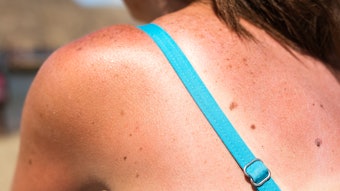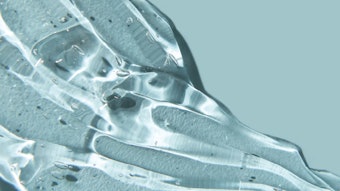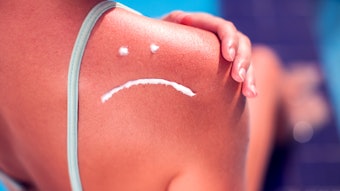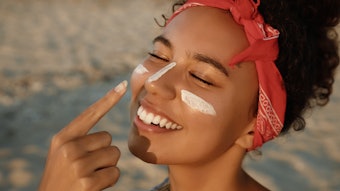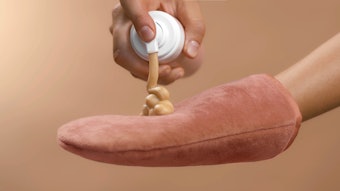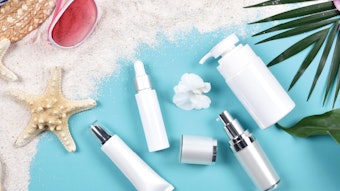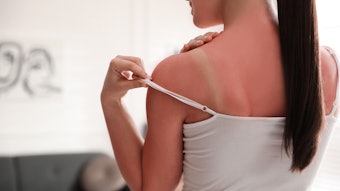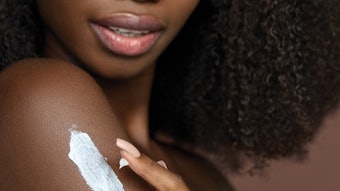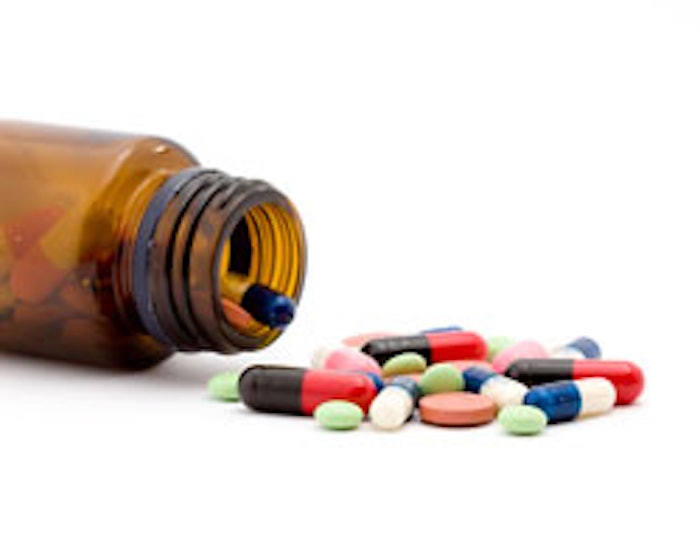
From lotions to sprays to sticks, consumers already have a myriad of options to choose from when selecting a sunscreen. Now, several additional sun protection tools have become available, including sunscreen pills, drinkable sunscreen and ultraviolet (UV) monitoring bracelets.
To help consumers make smart decisions when protecting their skin from the sun, board-certified dermatologist Henry W. Lim, MD, FAAD, C.S. Livingood Chair and chairman of the department of dermatology at Henry Ford Hospital in Detroit, answers questions about these emerging sun protection products.
Can sunscreen pills be used in place of topical sunscreens?
“One-in-five Americans will get skin cancer in their lifetime, and sun exposure is the most preventable risk factor for skin cancer,” said Lim. “While taking a pill sounds like a more convenient way to protect the skin, seeking shade, wearing protective clothing and applying a broad-spectrum, water-resistant sunscreen with an SPF of at least 30 are still the most reliable methods of sun protection.”
Of the ingredients found in sunscreen pills, Lim said the strongest research is linked to Polypodium leucotomos, an extract of a Central American fern plant. Studies have shown the fern extract increases the amount of time it takes for skin to burn when exposed to ultraviolet (UV) light. “We’re not completely sure how sunscreen pills work, but the main understanding is that Polypodium leucotomos acts as an antioxidant, so it protects the skin from oxidative damage caused by sun exposure,” said Lim.
In addition, Lim said European studies have shown Polypodium leucotomos can reduce sun sensitivity in people with polymorphous light eruption, a condition that causes an itchy rash when skin is exposed to the sun.
While pills with Polypodium leucotomos cannot be given a sun protection factor (SPF) rating because the product is not applied to the skin, Lim said studies comparing the level of protection with that of a traditional sunscreen show the fern extract pill provides the equivalent to an SPF of 3 to 5. The level of protection is significantly less than the American Academy of Dermatology’s (Academy) recommendation to use a sunscreen with an SPF of 30 or higher.
Other antioxidants, such as green tea extracts and vitamins C and E, also have been shown to offer protective effect from sun damage. Studies have been done on green tea extracts applied to the skin, while vitamin C and E have been studied when taken orally.
Lim is cautious about a pill that combines multiple antioxidants. Lim noted that each individual extract may have data behind it, but as a pill, there is no research to support their effectiveness when combined. The amount of each extract would have to be at reduced levels in order to be ingested in combination, which would then make each of the ingredients less effective.
“If someone wants to take a sunscreen pill, they should continue protecting their skin by seeking shade, wearing protective clothing, and applying sunscreen,” said Lim. “While there have been promising results, more research needs to be done to know the optimal way of using these pills and their long-term safety.”
Can drinkable sunscreen be used in place of topical sunscreens?
With regard to “drinkable” sunscreen—water that claims to be infused with electromagnetic waves as a way of protecting the skin—Lim is very skeptical. “There is absolutely no scientific research published anywhere to support the use of drinkable sunscreen,” said Lim. “It just does not make any scientific sense.”
What role can a person’s diet have on their level of sun protection?
Lim said it’s not known the effect a person’s diet has on their sun protection. “While studies have looked at the sun protection effects of green tea extracts when applied to the skin, no study has been done to show whether there are any protective effects of drinking green tea,” said Lim. “Green tea has a lot of good research behind it, but to translate it from theory into something that can be practiced is very difficult.”
While vitamins C and E have also shown an ability to protect the skin from sun damage, Lim does not recommend these supplements to his patients as a sun protection method. “Only extremely high doses have been shown to provide some level of protection, but these doses are significantly higher than what is recommended in a vitamin supplement, and the safety of long term consumption of high doses of vitamin C and E is not known,” said Lim.
Are UV-monitoring bracelets and apps helpful sun protection tools?
New UV-monitoring bracelets have been developed to help people track their sun exposure and monitor the intensity of UV rays. “Personal UV-monitoring is an interesting development. It could help increase awareness of the need for sun protection by the general public,” said Lim. However, Lim questions the reliability of the product. “Are UV levels constantly measured? How reliable is it if a person is in an area without cellular or Internet access? Is the product ready for prime time? It is promising, but I’m not sure we are at that stage yet.”
Lim said personal UV monitors may be a nice tool to remind people to reapply sunscreen or seek shade. Still, when people are in the sun he recommends reapplying sunscreen every two hours and after swimming or sweating.
Source: American Academy of Dermatology

